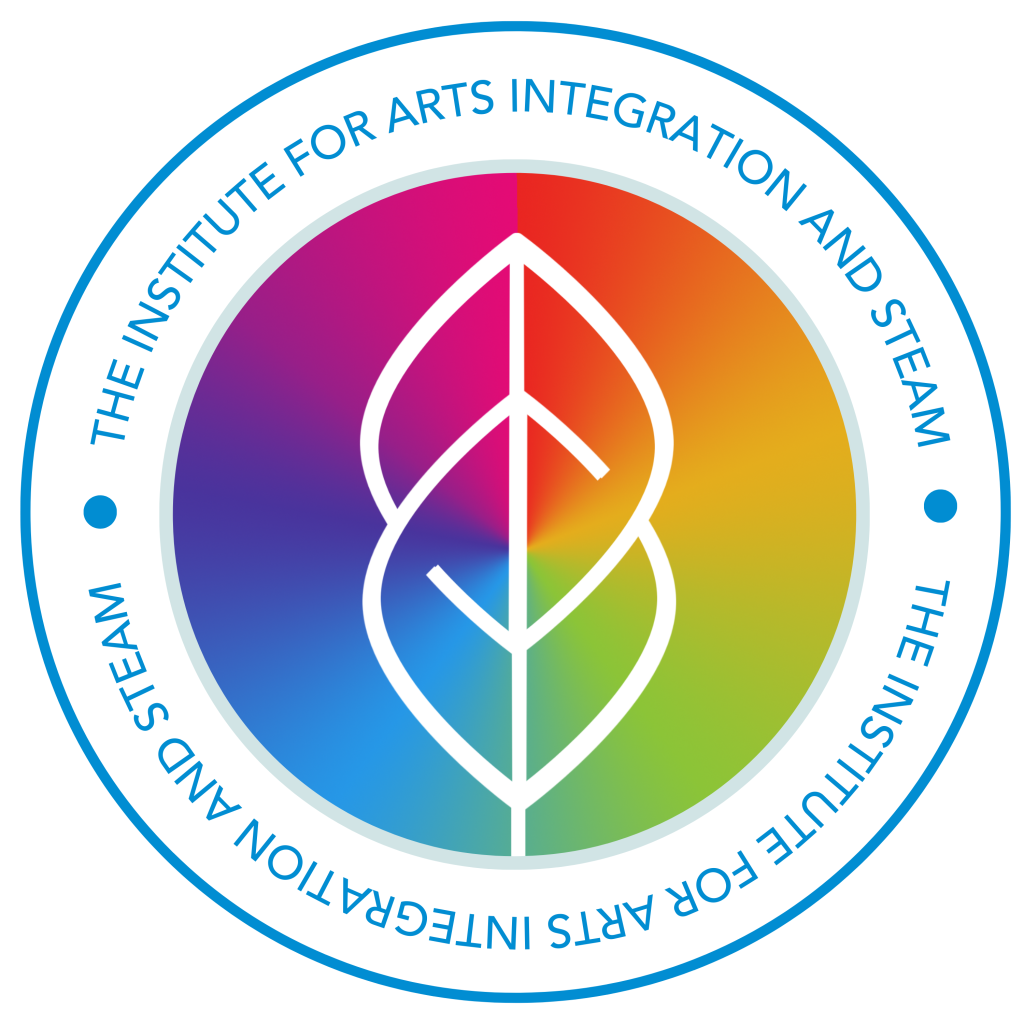How Often Does Your Class Reach 70 Decibels?
4 Min Read • Behaviors
Did you know that to reach 70 decibels is the ideal noise level for genius to happen? At least, according to the NPR broadcast "How Your Neighborhood Coffee Shop is Helping to Brew Genius". In the episode, author Eric Weimer discusses how geniuses thrive in certain conditions. Creative minds tend to flock to gathering places such as bustling coffee shops where they can interact with friends and strangers for informal discussions. Da Vinci and Michelangelo "hung out" together in Vienna at coffee shops, and their slight competition made both men stronger individually. These types of locations tend to reach 70 decibel level, which is the ideal atmosphere to spark creativity.
How does this apply to the classroom?
Our ultimate goal is to provide an environment for students to flourish and reach their intellectual and creative potential. My administrator informally popped into a number of different classrooms this week with an app that measures and reach 70 decibel levels. His unofficial findings? Art classes consistently measured the target and reach 70 decibels. I used the same app in my classroom, and I found that we almost hit 70 during our collaborative math work and we were slightly above during our language arts project work time. Of course, noise level doesn't magically create genius. The carefully crafted instruction that creates and reach 70 decibels buzz is where the magic begins.
We want our classrooms to inspire the same creativity as these coffee shops.
A safe competitive, dynamic, collaborative environment that allows students to contribute and create original solutions and responses. Project-based learning lends itself perfectly to this type of collaborative environment. If you haven't used this approach in your classroom, make sure to take advantage of EducationCloset's fantastic resources, such as the course Project-Based Learning in the Arts, to get started. Young students, or students who are used to traditional, quiet classrooms, need instruction on how to have a formal discussion before they are able to naturally collaborate at high levels. Once students get used to the language that is used in these scaffolded experiences, they begin to adopt this kind of talk informally in classroom interactions as well.
At any level, it is helpful for students to hold each other accountable for successful behavior during this type of collaborative work, too. I find it is helpful for students to brainstorm criteria they would like to see from a group member, and then turn that into a group-reflection checklist. Some positive peer pressure goes a long way here.
Resources:
Reach 70 Decibels
Researchers have also found that that true learning happens when students are involved in a moderate struggle. This appropriate level of struggle does not happen as much when students work independently, only when students are in a pair or a small group. Hence, a silent classroom is not an environment where learning is as productive as a classroom with a buzz.
It is important to note the difference between the general noise of students chatting while working and students brainstorming, planning, and collaboratively creating. Again, it goes back to the carefully crafted instruction. We need to find open-ended tasks that are rigorous enough to warrant this type of passionate discussion. It is impossible for this to occur when assigning a low level or "crafty" experience.
Resources:
In the same article, Eric Weimer states, "All genius is interdisciplinary, to some degree." As an advocate for Arts Integration, I fully agree. For students to deeply understand concepts, it is important for us to step away from the siloed subject areas and work to design integrated lessons and units. It is still important for us to teach individual concepts explicitly, but the learning deepens when we integrate the learning in a process-based approach after that instruction occurs.
Students find routine in the flow that comes with this type of instruction. We can't maintain that 70-decibel mark for the entire day, but we can carve out and protect time for it. My classroom flows from explicit instruction to partner work as guided practice, to independent practice, and then the collaborative discussion about the independent practice. (Some students will heavily rely on others to do the thinking if they don't have the opportunity to have some silent time to "brain-sweat" it out first.) Once a project is introduced, we flow from explicit directions to collaborative work, and then gather together as needed to troubleshoot, analyze our work vs. our goal, or to discuss successes or to celebrate growth that has come from mistakes.
Are you curious about how your classroom measures up? Download a decibel level app and reflect upon your instruction. You may be creating an environment for geniuses to thrive!



